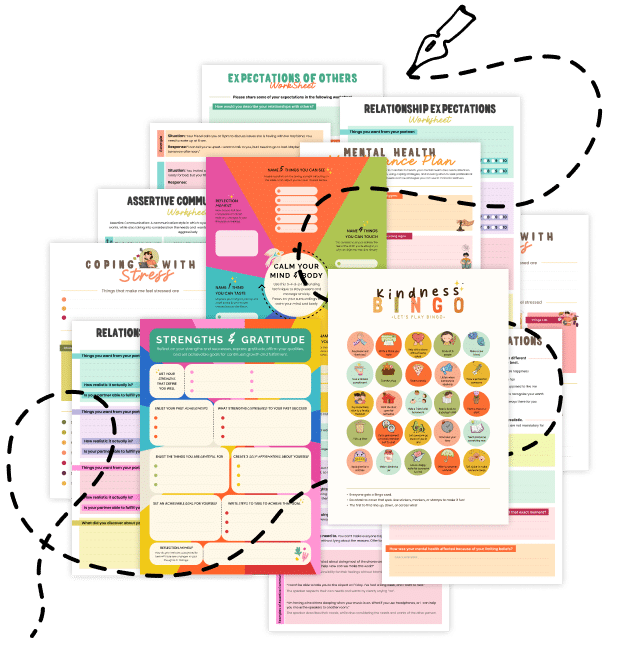20 Things You Should Know About Prospective Hindsight
Prospective Hindsight is a powerful mental strategy that involves envisioning potential future obstacles and setbacks before they occur. In this post, you’ll discover 20 key insights into how this forward-looking approach can enhance decision-making, reduce overconfidence, and promote proactive planning—helping you build more resilient strategies for success.
1. What Is Prospective Hindsight?
Prospective Hindsight is the practice of imagining possible future failures or challenges so you can identify risks and take preventive measures before they derail your plans.
2. A Forward-Looking Mindset
Unlike traditional hindsight, which reviews past outcomes, prospective hindsight focuses on anticipating what might go wrong, allowing you to adjust your strategies in advance.
3. The Pre-Mortem Technique
Often called a pre-mortem, this technique involves gathering your team or reflecting individually to list potential reasons for future failure, setting the stage for preemptive action.
4. Enhancing Decision-Making
By foreseeing potential pitfalls, you’re better prepared to make decisions that account for possible risks, leading to more robust and realistic plans.
5. Reducing Overconfidence Bias
Prospective hindsight challenges assumptions and overconfidence, reminding you that even well-laid plans can encounter unexpected issues.
6. Boosting Risk Awareness
Imagining future setbacks heightens your sensitivity to risks, ensuring you remain alert to factors that could undermine your success.
7. Stimulating Creative Problem-Solving
This approach encourages out-of-the-box thinking by prompting you to consider unconventional obstacles and innovative ways to overcome them.
8. Encouraging Proactive Strategies
When you anticipate problems in advance, you’re more likely to devise strategies that preempt challenges rather than merely reacting to them.
9. Cultivating a Growth Mindset
Viewing potential failures as opportunities for learning fosters resilience and a mindset geared toward continuous improvement.
10. Integrating into Project Planning
Embedding prospective hindsight into your planning process can help identify weak links early, ensuring that your projects have built-in contingencies.
11. Enhancing Team Collaboration
When done in a group setting, prospective hindsight leverages diverse perspectives, allowing teams to uncover risks that one person might miss.
12. Fostering Accountability
This method promotes a culture of ownership by encouraging individuals and teams to consider what might go wrong and how they can prevent it.
13. Reducing Reactive Stress
Anticipating challenges can lessen the stress associated with unexpected setbacks, as you’ll already have a plan to manage them.
14. Improving Adaptability
By planning for potential failure, you enhance your ability to pivot and adapt when real challenges arise.
15. Leveraging Data and Insights
Using past data and insights can inform your prospective analysis, making your forecasts and preventive measures even more reliable.
16. Enhancing Innovation
Considering possible failure points can spark new ideas and innovative solutions, as you explore alternatives to your initial plan.
17. Strengthening Resilience
Proactively addressing potential issues builds mental resilience, preparing you to handle setbacks with greater confidence.
18. Application in Various Fields
From business projects to personal goals, prospective hindsight is applicable across diverse areas—helping you navigate uncertainty in any domain.
19. Real-Life Success Stories
Many organizations have successfully used prospective hindsight to avoid costly mistakes and improve outcomes, proving its effectiveness in real-world scenarios.
20. Related Topics to Explore
- Intention-Behavior Gaps: Explore how bridging the gap between plans and actions can lead to better outcomes.
- Psychological Flexibility: Learn how adaptability in thought and behavior enhances proactive planning.
- Insight Problem Solving: Delve into creative strategies to foresee and mitigate potential challenges.
- Adaptive Confidence: Understand how balanced self-belief supports effective decision-making and risk management.
Quick Tips to Boost Prospective Hindsight
- Schedule Pre-Mortem Sessions: Regularly set aside time to brainstorm potential challenges before launching new projects.
- Encourage Diverse Perspectives: Include team members with different viewpoints to uncover a wide range of potential issues.
- Document Potential Risks: Write down every possible setback you can imagine and review them periodically.
- Integrate Feedback Loops: Use past experiences and data to refine your prospective analysis continuously.
Embrace Prospective Hindsight to turn potential pitfalls into opportunities for strategic improvement. With these insights and tips, you can proactively safeguard your plans and boost your overall decision-making process!


